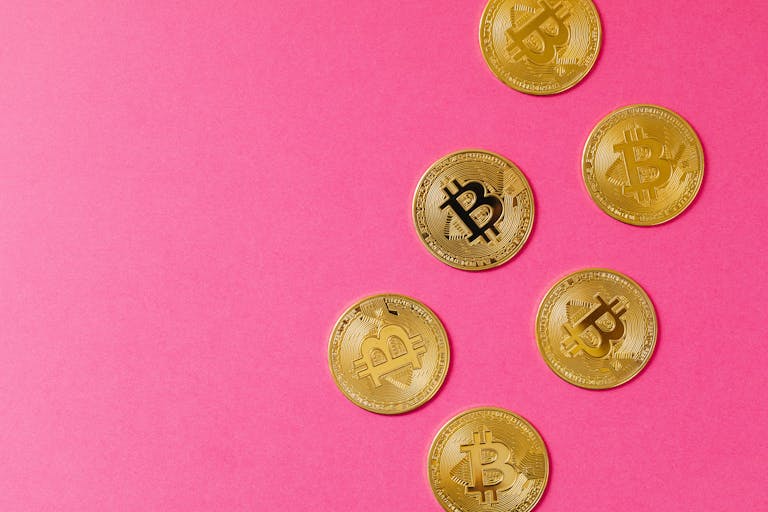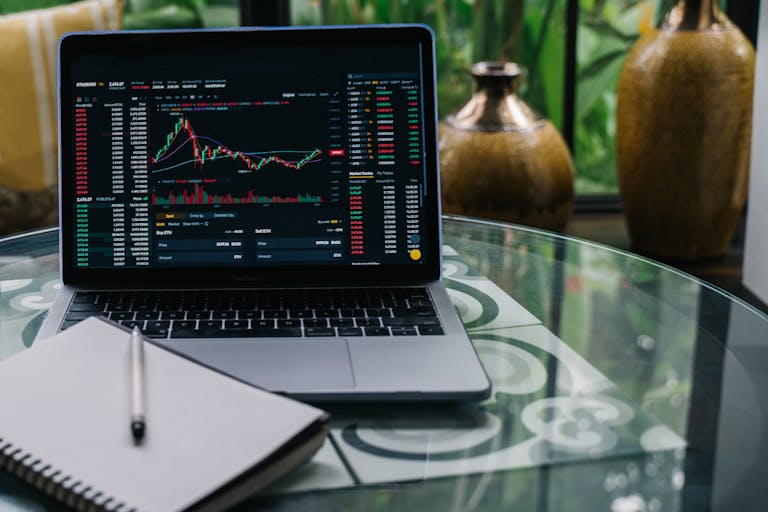How to Trade Like a Whale
How to Trade Like a Whale: Strategies to Buy When They Buy and Sell When They Sell

In the cryptocurrency world, the term whales refers to individuals or entities that hold large amounts of a particular cryptocurrency. Their trades often have a massive impact on the market, driving prices up or down. As a trader, understanding whale activity can give you valuable insights into market trends and help you align your trades with these influential players. In this article, we explore how whales affect the market and provide strategies for trading when they make their moves.
Whales: The Market Movers
Whales are known for their ability to manipulate market prices due to their large holdings. Their trades can create sudden price movements, often shaking the market and causing smaller investors to panic or FOMO (fear of missing out). The sheer size of their positions can make it difficult for other traders to compete, but that doesn’t mean you can’t use whale behavior to your advantage.
While whales have the power to move markets, they also leave behind clues that can help savvy traders spot upcoming price shifts. Observing whale activities closely and using the right tools can help you anticipate their moves and act accordingly.
Spotting Whale Moves
The key to trading alongside whales is recognizing when they make large trades or accumulate positions. Whales don’t typically announce their moves, but there are a few ways to track their activities:
Whale Watching Tools
Several platforms and tools allow traders to monitor whale transactions in real-time. Services like Whale Alert and TokenAnalyst track large crypto transactions and send notifications when whales make significant moves. These tools are invaluable for anyone who wants to stay updated on whale behavior and anticipate market shifts before they happen.
On-Chain Data
On-chain analysis provides insights into wallet transactions. Platforms like Glassnode and CryptoQuant offer data on wallet addresses that hold large amounts of cryptocurrencies. By studying wallet movements, you can spot patterns that indicate when whales are accumulating or dumping their assets.
Strategies for Buying When Whales Buy
Whales often accumulate positions over time, and their buying activity can signal the start of a price increase. If you can identify when a whale begins to accumulate a certain cryptocurrency, you may be able to buy early and ride the wave as prices rise. Here are some strategies for trading when whales start buying:
1. Follow Whale Transactions Closely
One of the best ways to ride the wave of a whale’s buying spree is to track large transactions and buy when the whale does. If you see a whale address accumulating a particular coin, consider purchasing a small amount to mirror their actions. Ideally, you want to buy before the price moves significantly, but only when there’s clear evidence of whale accumulation.
2. Look for Price Consolidation
Whales often buy during periods of price consolidation, where the price stays relatively stable before a breakout. Look for signs of price consolidation on the charts, and when whale buying activity aligns with this pattern, it could indicate an impending price increase. This is a great time to accumulate positions in anticipation of the price moving up.
3. Buy During Market Dips
Sometimes, whales accumulate coins during market dips. They know the price will likely rebound, and they take advantage of the low prices. If you see a whale buying during a downtrend, this could be a sign to buy as well. Just make sure to analyze other factors such as market sentiment and on-chain data to confirm that the price will likely bounce back.
Strategies for Selling When Whales Sell
Just as whales can signal buying opportunities, their selling actions can indicate when to exit a position. Whales often sell their coins when they believe the price has peaked, so knowing when they start unloading can help you avoid losses. Here are a few strategies for selling when whales sell:
1. Watch for Large Sell Orders
If you notice a whale address dumping a large amount of a cryptocurrency, this could signal the end of an uptrend. Large sell orders often push prices down, and if a whale is unloading a significant portion of their holdings, it could be a sign that the price is about to drop. Monitoring whale sell transactions allows you to anticipate this movement and sell your position before the price falls.
2. Observe Market Sentiment
Whales often sell their coins when market sentiment starts to shift. For example, if there’s a lot of excitement and FOMO around a particular coin, whales might take advantage of the hype and sell their positions at a profit. By keeping an eye on social media trends, news, and other market indicators, you can spot when a shift in sentiment is occurring and prepare to sell accordingly.
3. Sell During Price Peaks
Whales often time their sales during price peaks when the market is overbought. Look for signs of an overbought market—such as high RSI (Relative Strength Index) or increasing sell pressure—and use this as an indication to sell your position. If you can sell when the whales do, you can maximize your profits before the price begins to drop.
Managing Risk While Trading with Whales
Whale-driven markets can be unpredictable, and it’s essential to manage your risk when trading based on whale activity. Here are a few tips to minimize risk while following whale moves:
1. Diversify Your Portfolio
Don’t put all your funds into a single cryptocurrency just because a whale is buying it. Instead, diversify your portfolio to protect against sudden price drops. Whales can shift their focus at any time, and you don’t want to be left holding the bag if they decide to dump their coins.
2. Set Stop-Loss Orders
To protect your investment, set stop-loss orders on the coins you purchase in case the market moves against you. This ensures that you don’t lose more than you’re willing to if a whale’s trade doesn’t work out as expected.
3. Monitor Whale Activity Regularly
Whale activity can change quickly, and it’s important to stay updated. Use tools and platforms that offer real-time whale transaction data to ensure you’re always informed. The sooner you spot whale activity, the better positioned you’ll be to act before the market moves.
Conclusion: Trade Smarter, Not Harder
Tracking whale activity and trading when they buy or sell can be a smart strategy, but it requires constant vigilance. By leveraging whale watching tools and staying informed about market sentiment, you can make informed decisions about when to enter or exit trades. Remember to manage your risk, diversify your investments, and stay up to date with market trends. With the right strategy, you can navigate the unpredictable world of cryptocurrency trading and potentially profit from whale movements.




